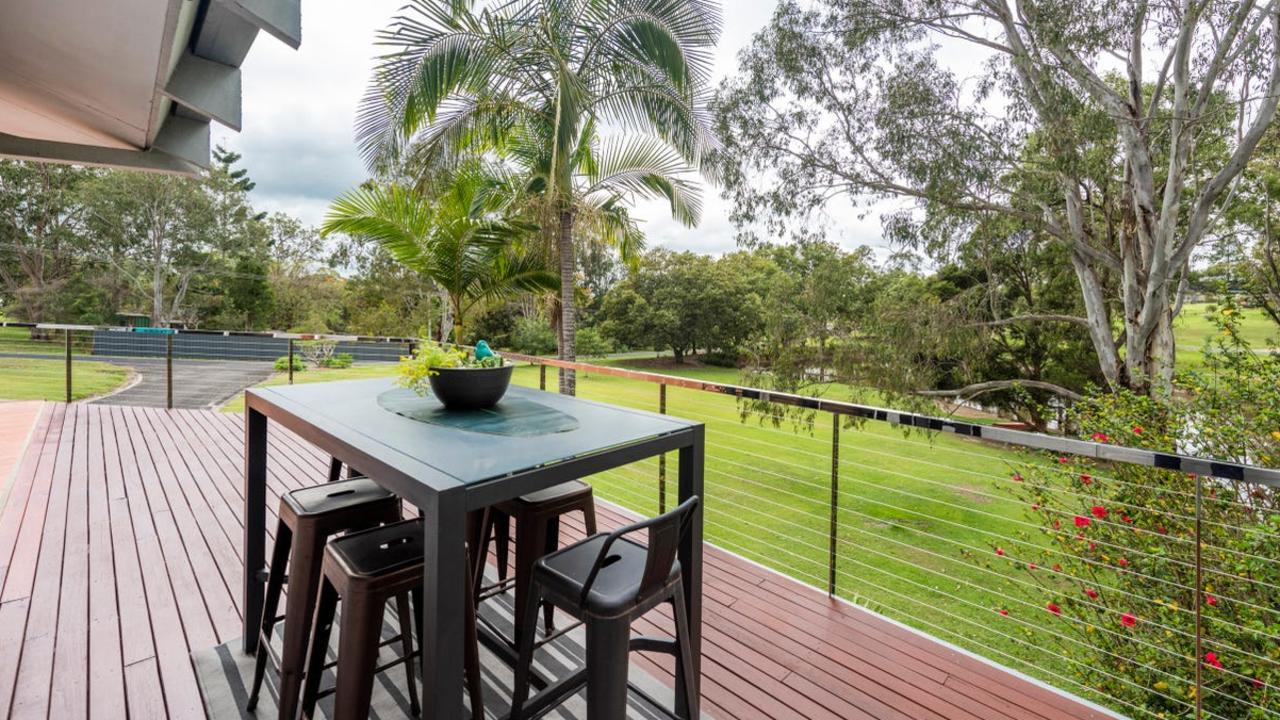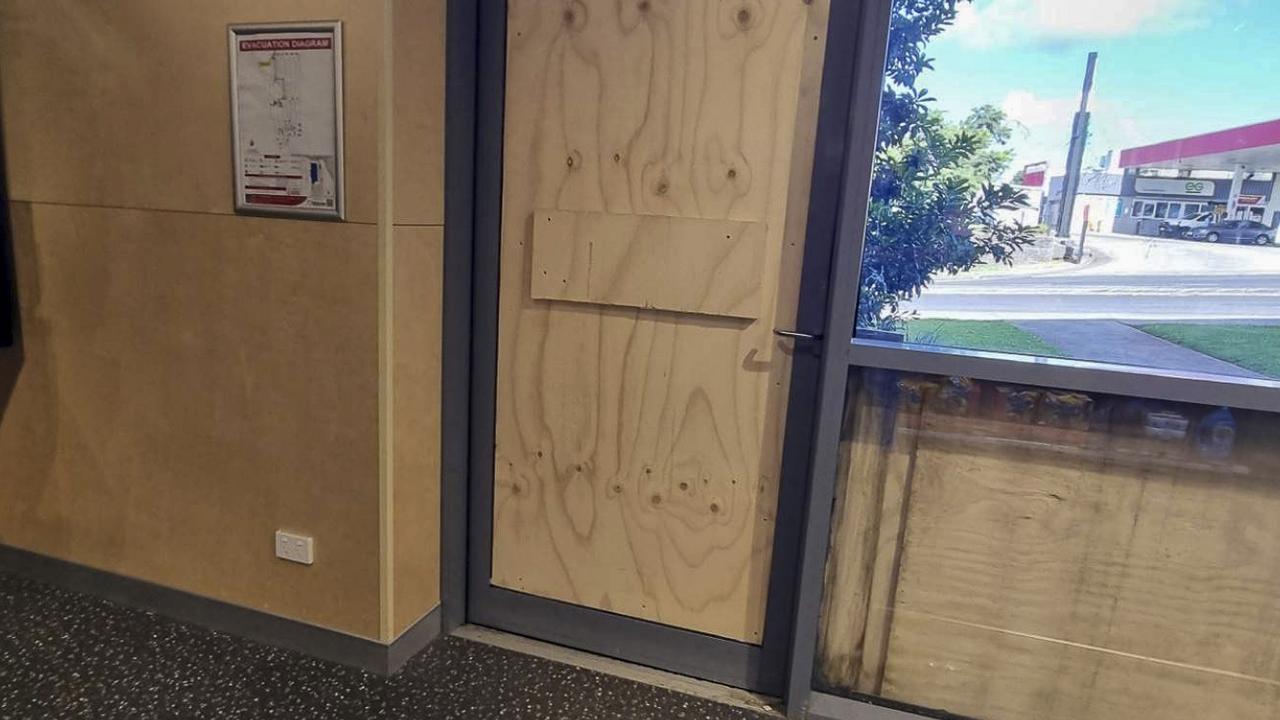Older medical workforce providing services to older Aussies
OLDER Australians living in residential aged care have limited access to medical treatment and the situation is going to get worse.
Grafton
Don't miss out on the headlines from Grafton. Followed categories will be added to My News.
OLDER Australians living in residential aged care have limited access to medical treatment and the situation is going to get worse as the number of doctors who conduct residential aged care visits continues to decline.
This was one of the key findings in the Australian Medical Association's 2012 Aged Care Survey.
The survey of 731 medical professionals found the older medical workforce was providing the majority of medical services to older Australians in residential aged care, and more than 15% of them intended to reduce their visits over the next two years.
AMA president, Dr Steve Hambleton, said a forum was needed to deal with the medical issues around aged care.
Dr Hambleton called for Medicare rebates for GP video consultations, which he said would "mean residents of aged care facilities could receive timely quality health care without medical practitioners sacrificing time in their busy practices".
"And improving IT facilities - considered a priority by 81.6% of respondents - would overcome the technological barriers to the entry of younger medical practitioners into the aged care sector," he said.
Survey findings:
The average age of medical practitioners providing medical care to older Australians in residential aged care facilities was 52.5.
Just 9.3% of medical practitioners providing medical care to older Australians in residential aged care facilities were under the age of 40.
Only a quarter of those who attend residential aged care facilities are women.
The average number of visits by medical practitioners per month to residential aged care facilities was 6.3, down from 8.36 in the 2008 AMA survey.
The average number of patients seen by medical practitioners per visit was up from 4.77 to 5.8, which the AMA said indicated higher demand for medical care.
Almost a third of survey respondents said they had decreased their visits to residential aged care facilities over the past five years - up from 21.64% in 2008.
More than 95% of those surveyed said there was a need to improve the availability of suitably trained and experienced nurses and other health professionals in residential aged care.
Originally published as Older medical workforce providing services to older Aussies


